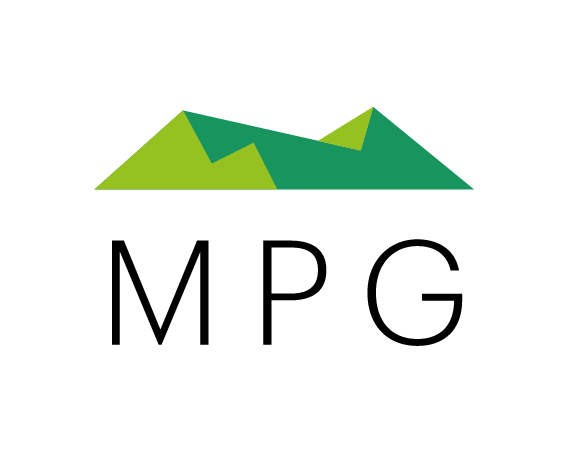What is Common Land?
What is Common Land?
Common Land is a term you often hear used to describe an area of land. ‘The Common’ is usually the area of land known for being the place you go for a walk, take the dog out, or maybe even have a picnic. However, Common Land actually has a very specific meaning, and what someone can (or can’t) do on Common Land can vary widely. Common Land has specific rights granted to those registered on the land as ‘commoners’. It is also land that the general public has a legal right to access on foot. The term ‘commoner’ also has a specific meaning. Commoners are usually local to the Common Land, and are registered with specific rights. These rights are specified for each registered commoner, and can be rights to:
· pasturage - the right to have livestock grazing the land
· pannage - the right to have pigs feeding in wooded areas
· estover - the right to take trees and timber from the land
· turbary - the right to remove turf or peat from the land (to burn as fuel)
· piscary - the right to catch fish in ponds, lakes or rivers
· rights in the soil - the right to take soil or minerals from the common
· animals ferae naturae - the right to take wild animals from the land
Why Does it Exist?
Common Land has its origins in the feudal system in Great Britain, where different classes of people were granted different rights on specified areas of land. Enclosure of Commons from the 13th Century through to the 17th Century reduced, in scale, vast areas of land with varying rights to the Commons we have today. Common Land is now protected through various Acts, with the most recent (and the one described in this article) being the Commons Act 2006.
What if You’re a Developer?
Common Land and its protection is important for several reasons, for example for recreational uses and wildlife, as well as the specific rights of individual commoners. Therefore, it is afforded certain protections through law. The Commons Act 2006 is separate from the Planning system, and therefore, whilst Planning Permission may have been granted for a development, this will not necessarily have taken into account the requirement to consider Common Land prior to developing a site.
Section 16
Section 16 of the Commons Act 2006 allows for the de-registration of Common Land. The Common Land to be de-registered is, usually, replaced by other land that is as, or, more commodious than that being de-registered. Naturally, this replacement land must also be within the applicant’s control. Whilst there is limited detail on the type of land that should be offered as a ‘swap’, it is a requirement that both parcels of land can be presented on a single map. The land, therefore, does not have to be adjacent to the existing Common Land. The de-registered land would no longer have access rights granted to the public by default, and the commoners’ rights would transfer to the replacement land.
Section 38
Section 38 of the Commons Act 2006 prevents landowners from carrying out ‘restricted works’ on Common Land. Restricted works are defined as those that could prevent or impede access to the Common Land, or, those that involve re-surfacing of the land. A developer must, therefore, apply for consent under Section 38 to carry out such works. These works may often be temporary, and involve things such as putting up fencing for livestock. However, other works may be more substantial in nature and it will have to be decided by the Planning Inspectorate (PINS) if the proposed change to the Common Land is best suited to Section 16, or, Section 38.
How Can MPG Help?
Applications under both Section 16 and Section 38 are decided by PINS. MPG has experience in making these applications, which are very specific, particularly in terms of consultation with the public, other stakeholders and, importantly, the registered commoners. If you have a site with a Common Land consideration, get in touch and MPG can advise on your best strategy.
Mark Smedley – Minerals, Waste and Environmental Consultant
